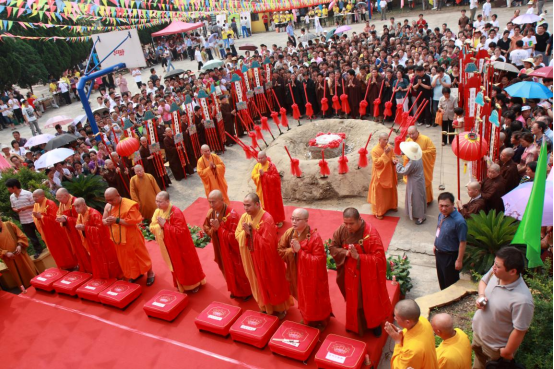The legends of Xiaojing Temple (listed as a municipal level intangible cultural heritage)

The legends of Xiaojing Temple span more than a thousand years from Liang Dynasty (502-557) to Qing Dynasty (1636-1912). Among them, the worship of Xiao He, an ancient Chinese politician, and Hua Tuo, an ancient Chinese physician, is extremely rare in Shanghai. The legends of Xiaojing Temple represent artistic creation that originated from daily life, as anecdotes people chatted about at their leisure, and survived through word of mouth from generation to generation thanks to their touching artistic appeal.
There are more than 20 legends of Xiaojing Temple, which can be roughly divided into three categories: the first is about the origin of Xiaojing Temple. Legend has it that this temple is for the family of Emperor Wu of Liang (464-549). The temple enshrines Xiao He and Hua Tuo and once housed five thousands and forty-eight rooms, known as No.1 among the 72 river-side temples. The second is about the Xiaojing Temple and the "Jingnan Rebellion" (1399-1402) of the Ming Dynasty. According to legend, the Jianwen Emperor Zhu Yunwen sought refuge in Xiaojing Temple after he fell in the capital. When the soldiers chasing after him set Xiaojing Temple on fire, he escaped and got help from the three women of the Zhu family. But his whereabouts after that remain to be unknown. The third is the local folklore and other historical records related to Xiaojing Temple, which have distinctive regional characteristics.

宝山汇APP

上海宝山微信

上海宝山微博